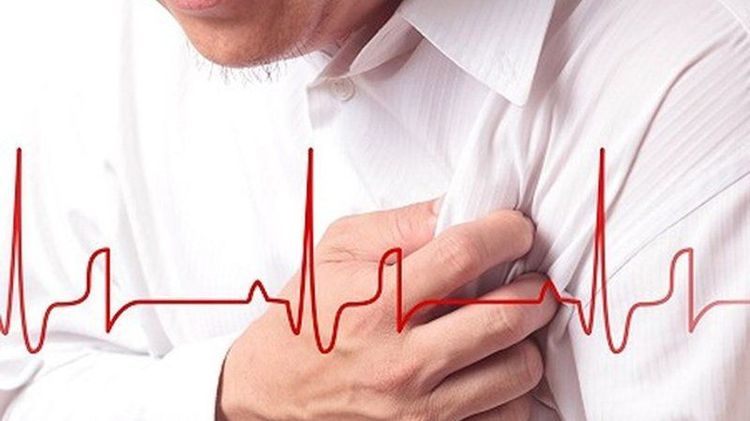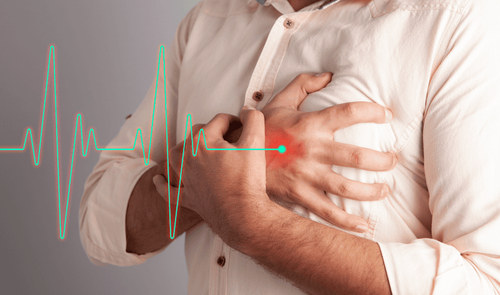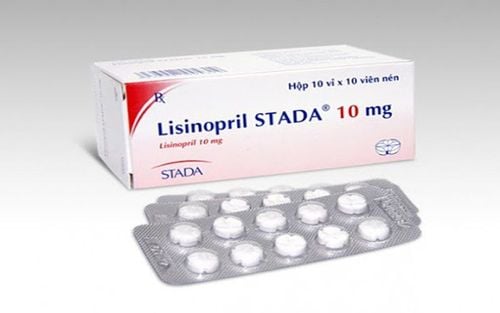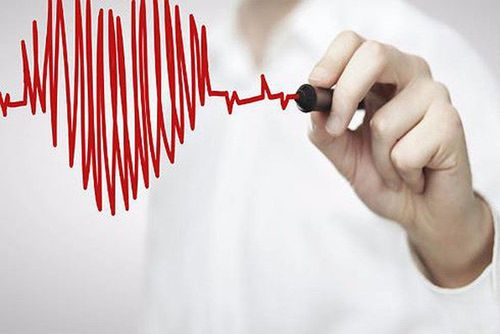This is an automatically translated article.
The article was professionally consulted by Specialist II, Senior Doctor Doan Du Dat - General Internal Medicine Doctor - Department of Medical Examination and Internal Medicine - Vinmec Ha Long International Hospital.Heart failure is a serious disease that greatly affects the patient's life and activities. Heart failure is classified into several grades, from mild to severe with increasing symptoms. So how many levels of heart failure are mild and severe?
1. Causes of heart failure
1.1 Diseases of the heart: valvular heart disease Cardiomyopathy: Heart disease with an enlarged heart, dilated cardiomyopathy, restrictive cardiomyopathy, ischemic cardiomyopathy (chronic coronary artery disease)... Pericardial disease: Pericarditis... Structural heart disease: Congenital heart disease 1.2 How pericardial disease leads to heart failure: Endocrine disease (Basedow, hypothyroidism, diabetes... Hypertension) Idiopathic, due to kidney disease, adrenal tumor, coarctation of the aorta...) Chronic obstructive pulmonary disease (CODP) bronchial asthma... Knee scoliosis....2. Classification of heart failure
Heart failure has many different classifications, including:Classification according to the location of the heart chambers: left heart failure, right heart failure and total heart failure. Classification according to physiological function: systolic heart failure and diastolic heart failure. Classification according to cardiac output: low output (also called congestive heart failure) and high output. By degree of progression: acute heart failure and chronic heart failure.

Có nhiều cách phân loại suy tim
3. How many levels of heart failure?
Currently, there are many criteria to classify heart failure from severe to mild. However, in the world as well as in Vietnam, heart failure is often graded according to the American Heart Association (NYHA). According to the NYHA, the classification of heart failure will be based on the patient's level of physical activity as well as symptoms of shortness of breath.Based on the severity of dyspnea, graded according to NYHA Based on the progression, risk progression, and clinical manifestations by stage: A- B - C - D Heart failure grade 1: This is the mildest stage of heart failure Most of the patients are still physically active and living a normal life, without symptoms of heart failure such as shortness of breath, fatigue, and palpitations even during strenuous activity. This is the most difficult stage to detect.
Heart failure grade 2: This is a mild stage of heart failure, the patient's physical activities and daily activities will have certain limitations and limitations. The patient feels completely healthy, does not appear uncomfortable symptoms at rest, when not doing heavy work. However, when patients have strenuous activities, need to exercise a lot, they find it difficult to breathe, tired, nervous palpitations.
Heart failure grade 3: This is the stage of moderate heart failure. At this level, the patient was quite limited in activities of daily living. When the patient does mild exercise, the symptoms of heart failure will appear such as shortness of breath, fatigue, palpitations, and if the patient rests, the symptoms are relieved. If heart failure grade 3, most patients have to be hospitalized for regular treatment.
Heart failure grade 4: This is the most severe stage of heart failure. Any activity or daily activities, whether very light or even at rest, the patient still feels tired and short of breath. As a result, physical activity is completely restricted, and daily activities are greatly affected.
In addition, heart failure is also graded according to the degree of dyspnea and also corresponds to the NYHA classification: Stage changed to grade
Stage 0: no dyspnea on exertion.(Heart failure grade 0) Stage 1: dyspnea on exertion. .(Heart Failure Grade I) Stage 2: No need to exert effort to feel short of breath. Stage 3: shortness of breath during gentle daily activities such as brushing teeth, washing face. Stage 4: shortness of breath even at rest. Heart failure is classified by stage:
Stage A: Risk of heart failure, no structural heart disease or symptoms of heart failure such as hypertension, diabetes, coronary artery disease... Stage B : Have structural heart disease but no symptoms of heart failure such as valvular disease, structural heart disease such as atrial septal defect... Stage C: Have present or previous structural heart disease but have symptoms heart failure, medical treatment responds. Stage D: Treatment-resistant heart failure, unresponsive medical treatment, requiring special intervention such as heart transplant

Dựa vào độ khó thở có thể phân loại cấp độ suy tim
4. When is heart failure severe?
In the levels of heart failure, when entering stage 2 corresponding to NYHA grade 3, manifestations such as shortness of breath, fatigue occur during normal activities without much exertion and the patient's health begins to change. If there is a marked decline in the beginning, it is a sign of the disease is getting worse. Often the most severe is heart failure stage IV stage DAt that time, the patient needs to go to the hospital immediately to receive an intensive examination and treatment, control symptoms, prevent and slow down the progression of the disease to stage D
. last.
5. Measures to prevent heart failure from developing to the most severe stage
If not well controlled, the patient quickly progresses to the end stage of heart failure and death. Therefore, treating the symptoms and slowing the progression of heart failure is important.Lifestyle changes Lifestyle changes play a very important role in the treatment of heart failure, helping to improve the effectiveness of treatment and prevent complications.
Diet to reduce salt, limit fatty foods, limit or not use alcohol, do not smoke and use stimulants. Include a lot of green vegetables and fruits in your daily diet. In addition, patients should exercise moderately, regularly every day for 30-60 minutes such as walking, cycling...
Adhering to the treatment regimen In order to optimally treat heart failure, it needs to be eliminated. cause heart failure. Heart failure patients often have to use many drugs with different mechanisms of action, in order to improve symptoms of heart failure, comorbidities and prevent complications. Patients must absolutely adhere to the treatment indications, take the full dose, at the right time, do not arbitrarily reduce the dose or stop the drug without the guidance of the doctor.

Giảm ăn muối có lợi cho bệnh nhân suy tim
Heart failure examination package at Vinmec has the following outstanding advantages:
The medical team - doctors are leading experts, highly qualified, dedicated and wholeheartedly for the benefit of the patient. With 90% holding university degrees, 20% are professors, associate professors, nearly 30% are doctorates, bringing high efficiency in medical examination and treatment. Comprehensive and professional medical examination, consultation and treatment services. A system of modern equipment, supporting effective diagnosis and treatment. Modern, civilized, luxurious and sterile medical examination and treatment space.
Please dial HOTLINE for more information or register for an appointment HERE. Download MyVinmec app to make appointments faster and to manage your bookings easily.













